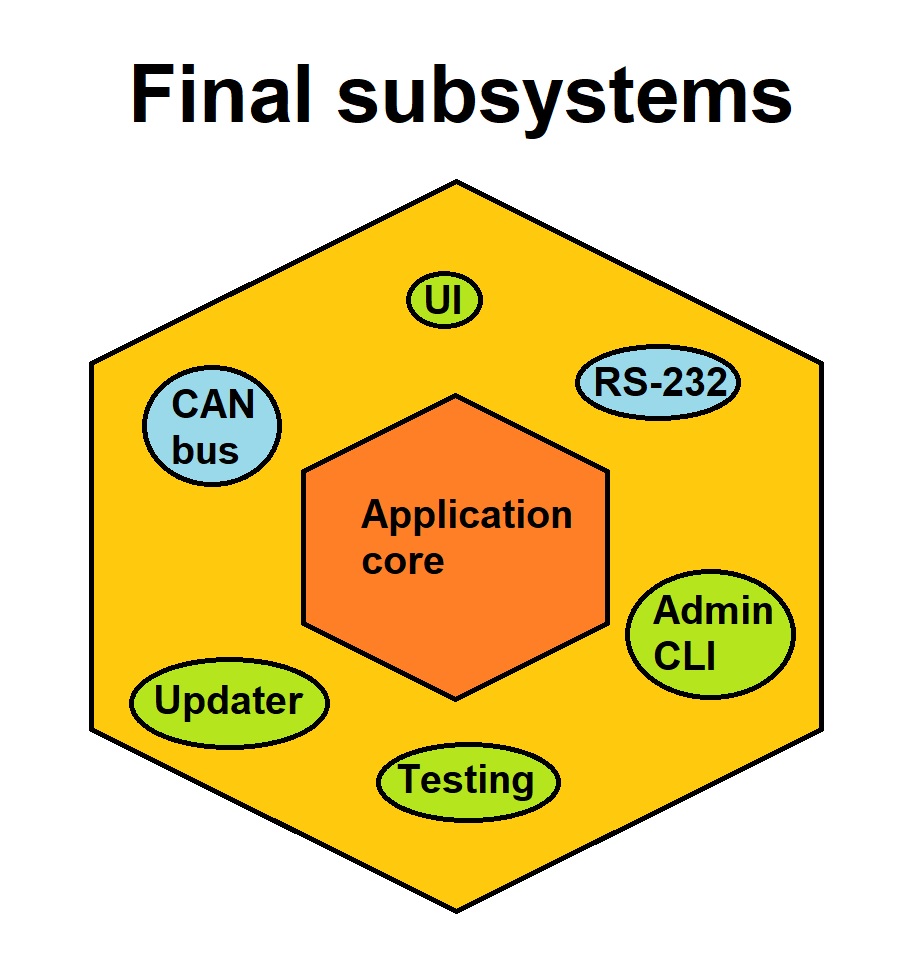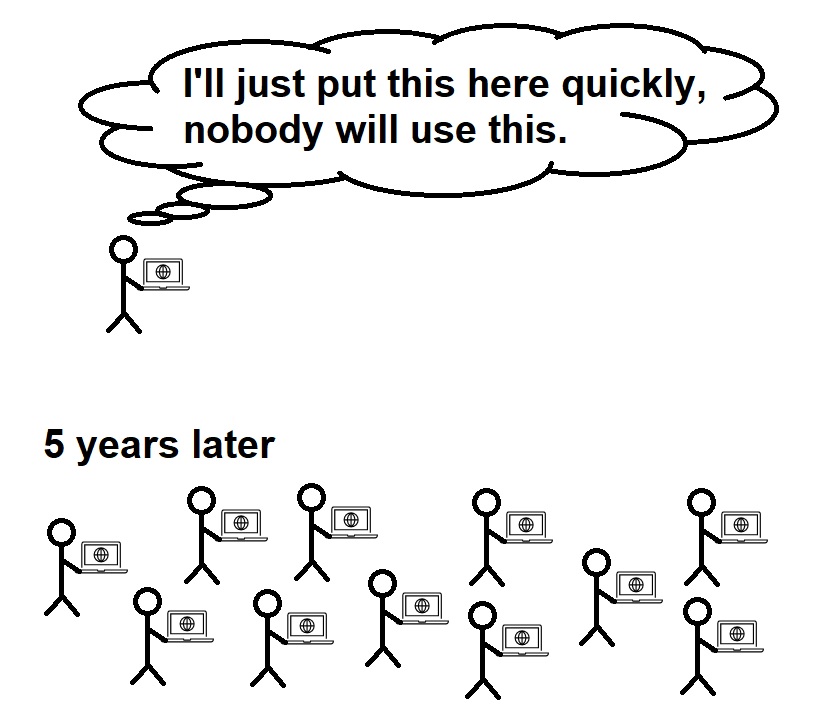One design pattern in non-trivial IT systems is as follows. There exists a central authority of data and business logic with subsystems interfacing it. This, contemporarily somewhat obvious model, is called the Hexagonal Architecture and was first formalized in writing by Alistair Cockburn in 2005 (see https://en.wikipedia.org/wiki/Hexagonal_architecture_(software) ).
What is a subsystem in our context then? It is a system managing a domain (“a collection of things”), communicating to the central authority with a well-defined API. As with everything else, subsystems can be defined and implemented in different ways. One bad way to implement subsystem is to treat it as just a dumb pipe just passing data around. I will explain my rationale.
Continue reading “IT System Design 101: Subsystems are NOT just dumb pipes”

